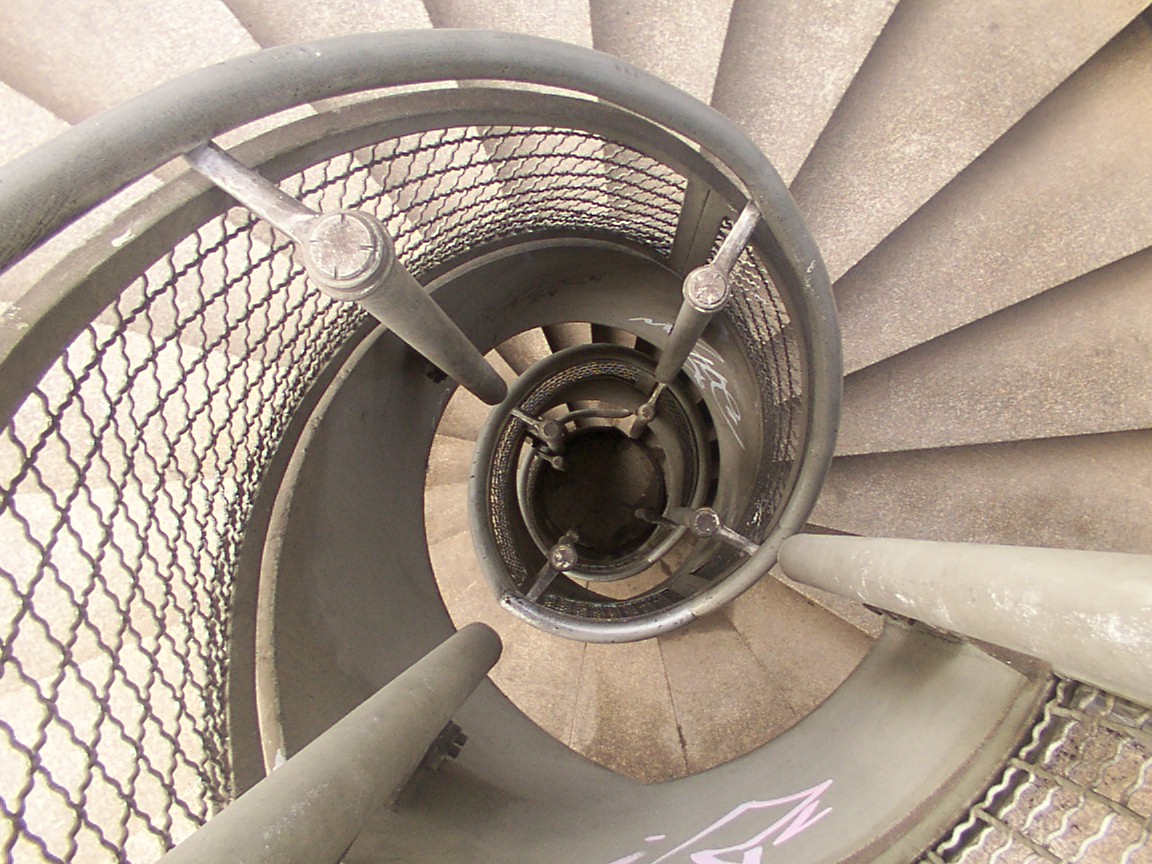Today, we went over our unit 8 questions.
8.4 a. A roller coaster pulls the cart to the top of a hill by doing 150,000 J of work on the system. The internal energy of the system changes by 50,000 J. How much more kinetic energy does the system have when the cart makes it back to the bottom of
the hill?
Remember, to get to kg from just grams, you have to divide by a thousand or move the decimal point three times to the left. Afterwards, you have to multiply kg (mass) by 10 to get the force. Once you have found what the force is, you use the formula "Force * Displacement = Work" In this case in 8.4, you have 3g. 3g divided by a thousand is 0.003. Times that by 10 to get force or 0.03. So now, force= 0.03n.
Now, in the formula
Force * Displacement = Work, we haven to substitute Force in for 0.003n. Also, work is substituted for 50J. Now we can modify the equation to "Displacement = Work/Force. One J is equal to 1n * 1m.
Force * displacement = Work or Displacement = work/force
0.3n *166.667 = 50j or 166.667 = 50/0.3nI had to skip 8.4 b so now we are on 8.4 c.
8.4 c. A meteoroid, moving with high speed, enters the Earth’s atmosphere and falls toward the Earth. As it passes through the atmosphere, it warms due to friction with the air. When it hits the ground, it creates a giant crater. Explain the process using any or all of the ideas of work and energy changes (consider all possible types of energy change). Include a work-energy bar chart.
In this problem, the system is the Meteor. We have Kinetic energy in the Initial state with work then added to equal Kinetic energy with Internal change energy in the Final state. In this problem, the earth is doing the work.
8.4 d. A skydiver who jumps out of an airplane at 3500 m above sea level accelerates towards the ground for about 15 seconds before the upward force exerted by the air on the skydiver is about equal to the downward force exerted by the Earth on the skydiver.
a. Draw a force diagram for the skydiver after she/he has been falling for about 15 seconds.
There should be Grav. pot. energy and Kinetic energy. Also, there should be negative work which equals out to less Grav Pot. energy and less Kinetic energy
b. The skydiver’s speed remains constant at 55 m/s until he or she opens the parachute. Choose the skydiver, the Earth, and the air as the system. Draw
a work-energy bar chart that describes the skydiver’s fall from when he or
she leaves the plane until just before the parachute opens.
Comment if I left anything out or messed up anything!Class work and HW: Go to Google and search for PHET and play Sims
click on first link
go to physics
Then electricity, Magnets and circuits
then go to circuit construction kit
Create a machine that lights a light bulb and explain how it works!
 Most likely there's a test Tuesday!!!
Most likely there's a test Tuesday!!!BB





 AR
AR






